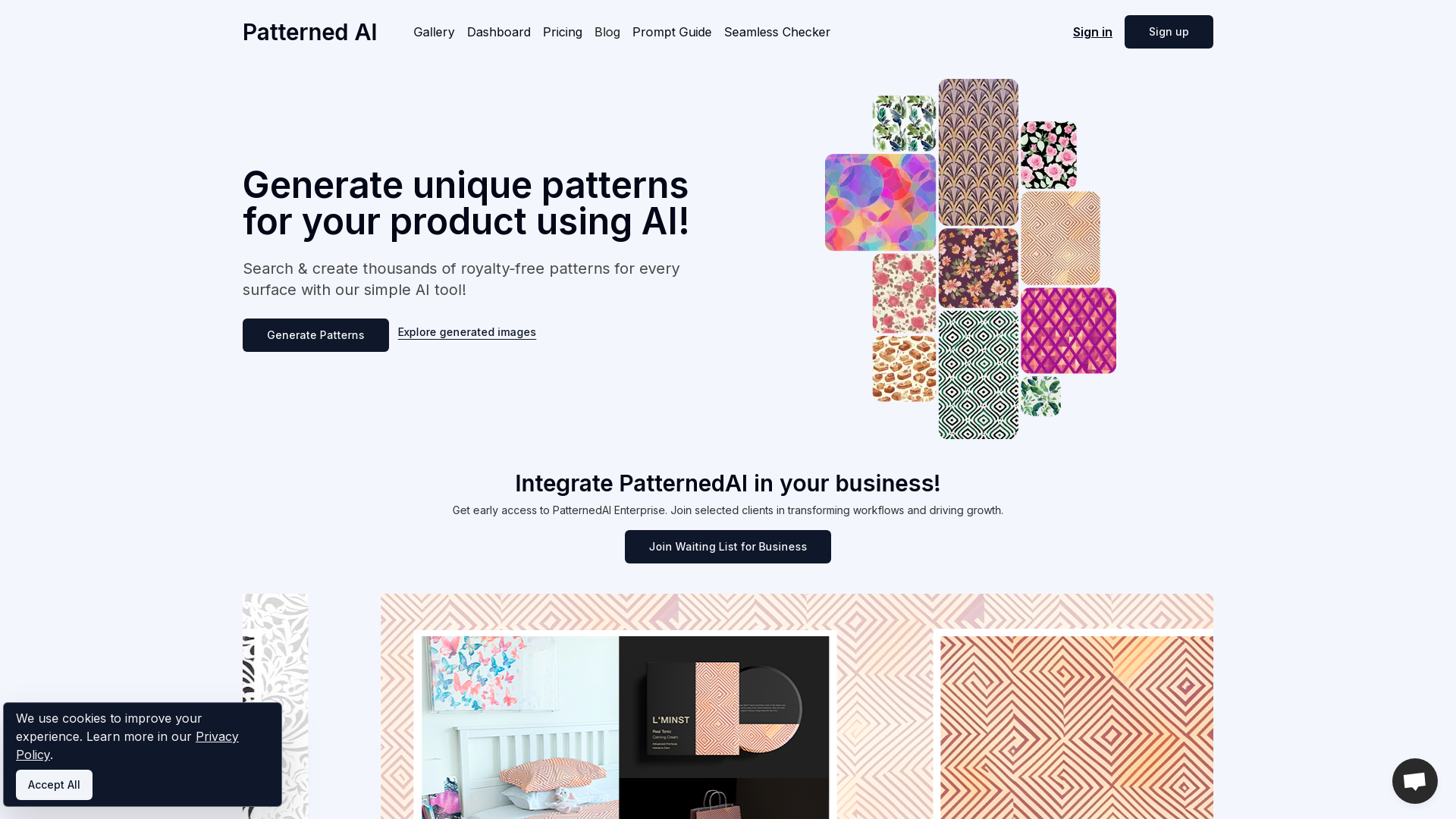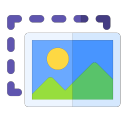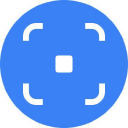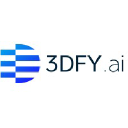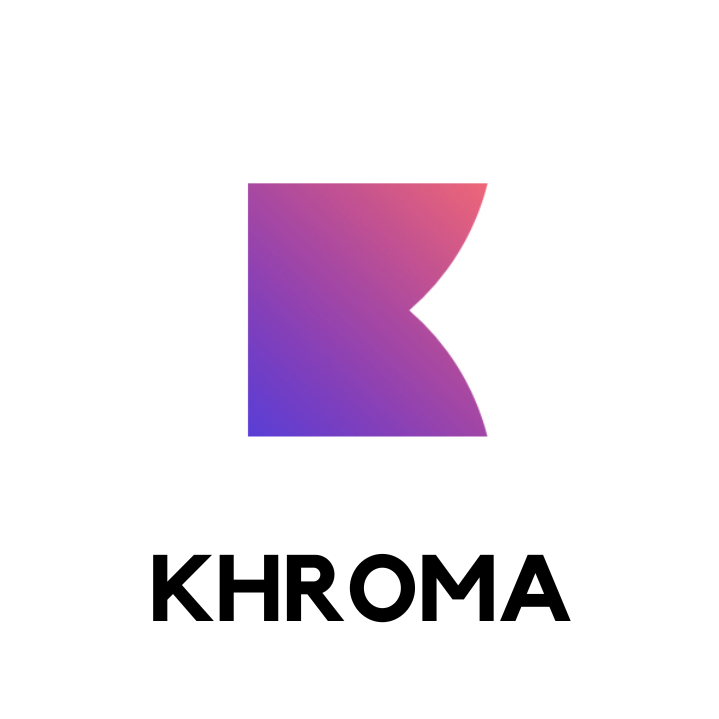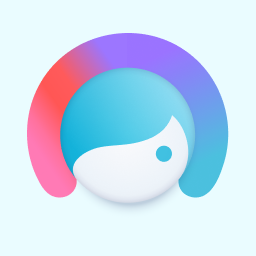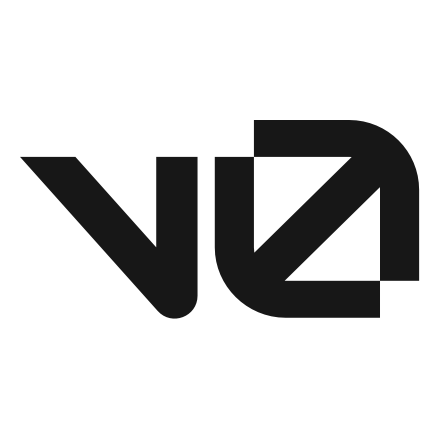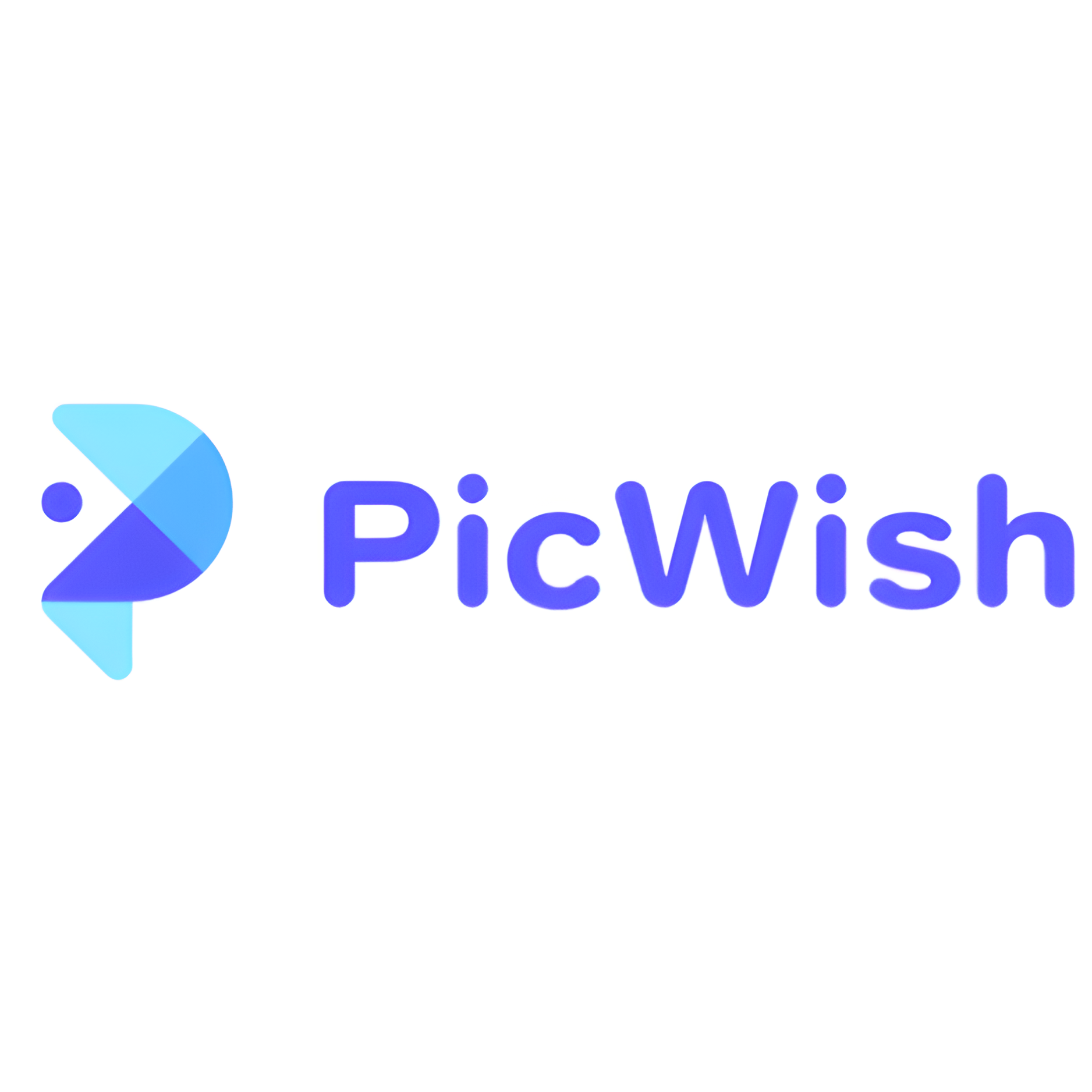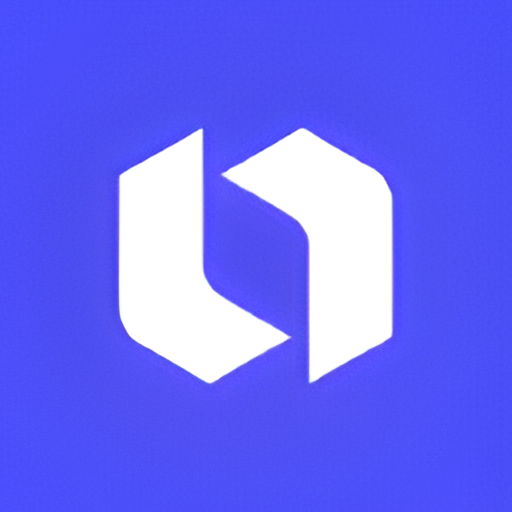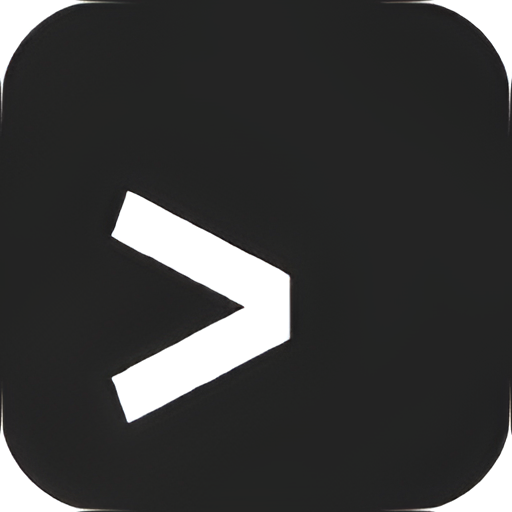Overview
Patterned AI is an innovative platform designed to create unique and intricate patterns for various applications. Focusing on user accessibility and creativity, it offers a range of plans to meet different needs. Users can start with a free plan that grants a limited number of trial credits, allowing them to explore the platform’s capabilities before committing to a paid subscription.
The platform supports both text-to-image and image-to-image transformations, ensuring flexibility in design processes. It provides high-resolution, royalty-free images suitable for diverse industries. For users seeking greater customization, Patterned AI's Enterprise plan allows the personalization of AI models, making it ideal for businesses with specific style requirements. Additionally, users can choose to either showcase their patterns in a public gallery or keep them private.
Distinctively, Patterned AI blends ease of use with advanced design features, making it a fantastic tool for creatives and businesses alike. Whether you're creating patterns for commercial products or personal projects, Patterned AI delivers a powerful, user-friendly experience that encourages experimentation and artistic expression.
Key features
- Text-to-image conversion: Patterned AI allows users to create visual designs from textual descriptions. This feature opens up endless possibilities for creatives looking to transform ideas into concrete patterns with ease.
- Image-to-image transformation: Users can modify existing images, generating new, unique designs. This capability is ideal for designers wanting to revamp or innovate on traditional patterns.
- High-resolution downloads: Ensuring high-quality outputs, Patterned AI supports downloads in both high resolution and vector formats. This feature is particularly useful for designers needing clarity in their projects.
- Public or private patterns: Depending on the user's preference or subscription level, patterns can be made public in the gallery or kept private, offering flexibility in pattern visibility.
- Royalty-free usage: All patterns generated are royalty-free, ensuring that designers and businesses can use them without worrying about additional costs or legal issues.
 Pros
Pros
- Customizable AI models: The platform's Enterprise plan allows businesses to personalize AI models according to their style preferences, offering a tailored experience that aligns perfectly with specific branding needs.
- Royalty-free images: Users can freely use generated images across various projects without encountering any additional charges or licensing concerns, making it cost-effective and hassle-free.
- Seamless user experience: Patterned AI's user-friendly interface ensures a smooth experience, catering to both amateur designers and seasoned professionals by allowing them to focus on their creativity rather than technical difficulties.
- Diverse credit plans: With options ranging from free trial credits to substantial monthly packages, Patterned AI caters to both casual users and intensive designers, offering flexibility in how they choose to use the platform.
- Flexible pattern visibility: The choice between public and private pattern display provides users with control over their designs, ensuring they can share or protect their creations based on individual preferences or project requirements.
 Cons
Cons
- Limited free trial credits: The initial trial period offers a restricted number of credits, which might not be sufficient for thorough exploration or extensive experimentation by users looking for in-depth testing.
- Public pattern requirement: Lower-tier plans may require that generated patterns be displayed publicly. Users seeking privacy might need to upgrade for private pattern retention.
- Varied learning curve: While the platform is user-friendly, there may be a learning curve for those unfamiliar with AI tools, potentially needing time to fully leverage its capabilities.
- Plan customization limitations: While there are multiple subscription options, users looking for very specific custom features might find the existing plans less adaptable to niche or novel use cases.
- Privacy tier limitations: Full privacy for designs is reserved for higher-paid plans, which might not suit smaller users who require extensive design confidentiality but have budget limitations.


